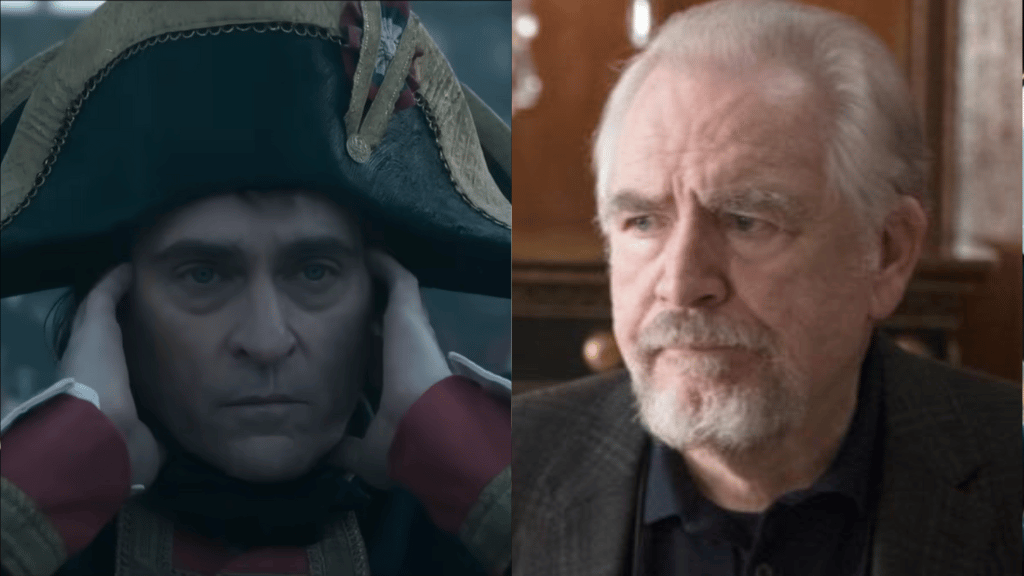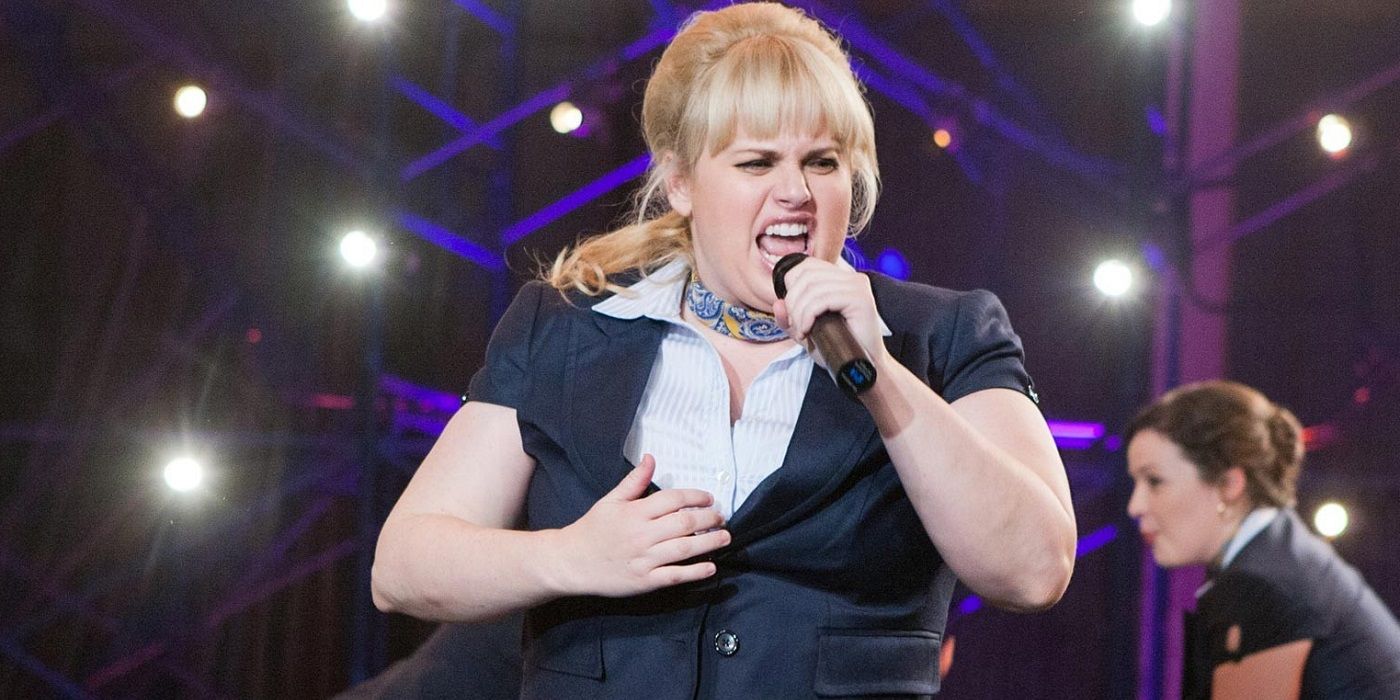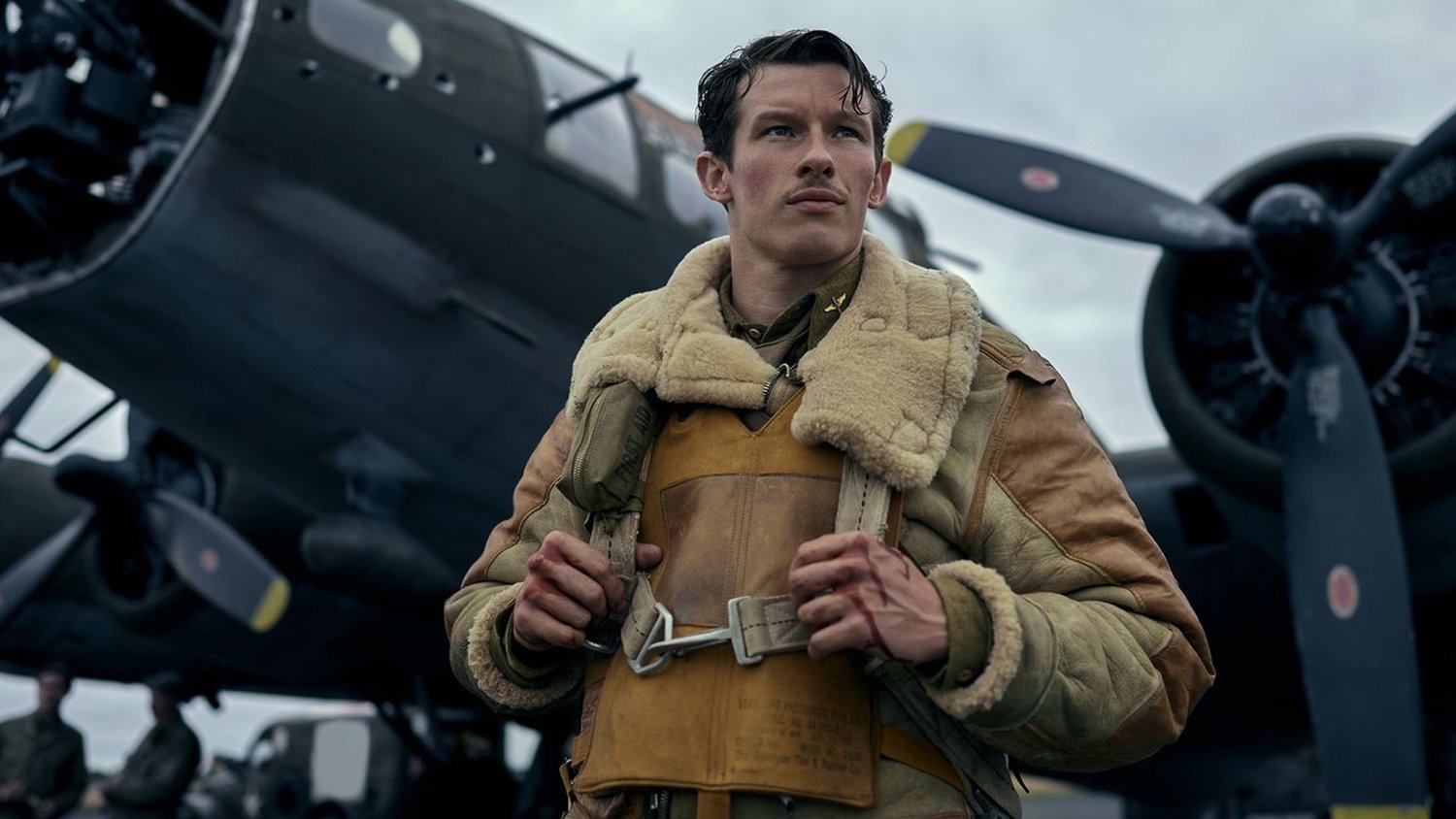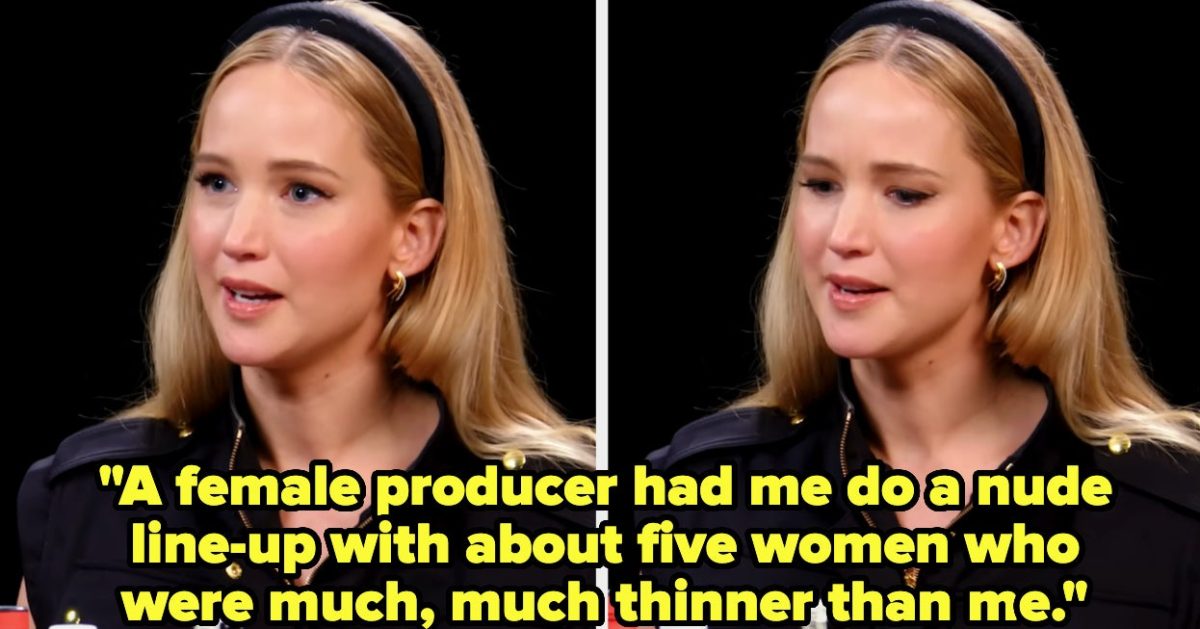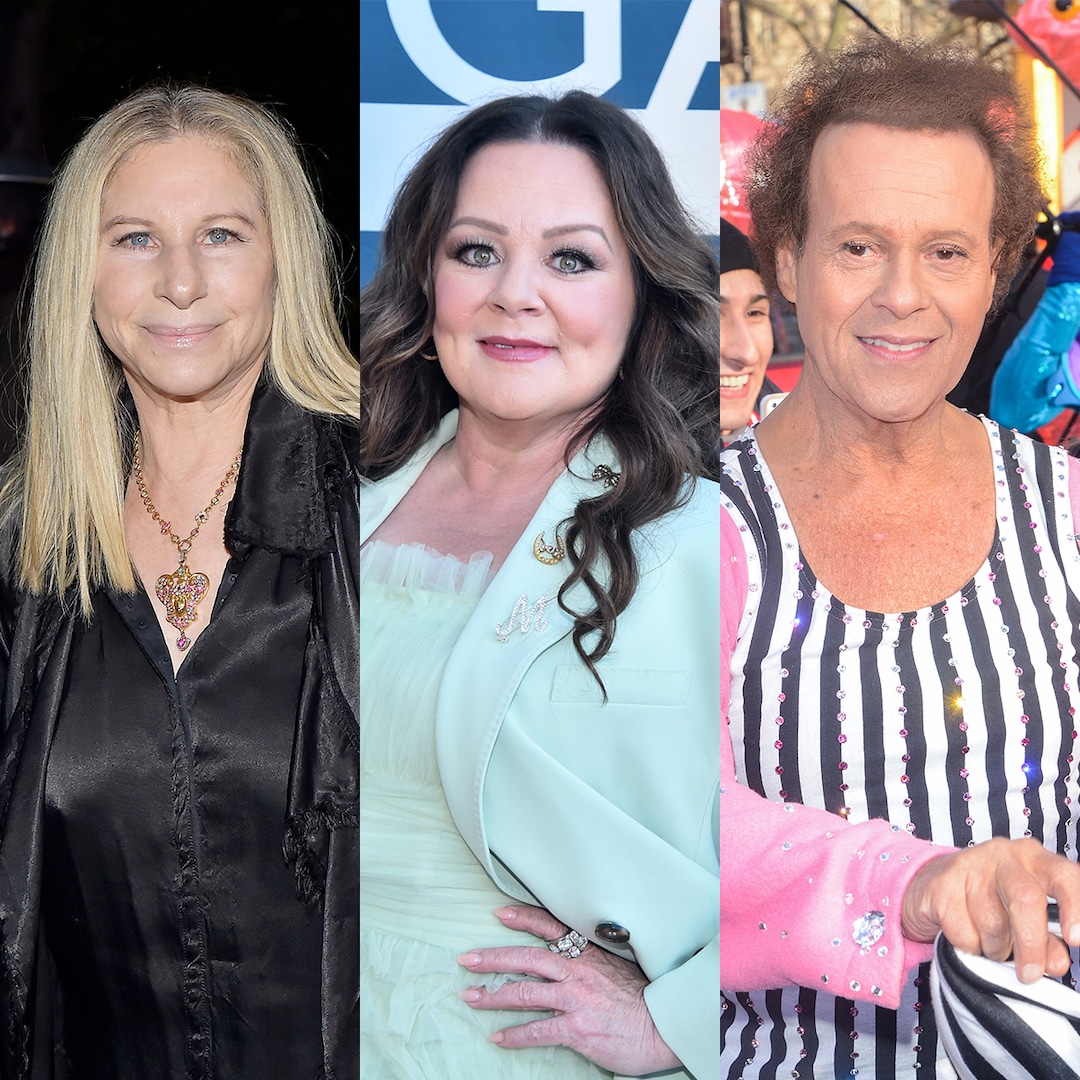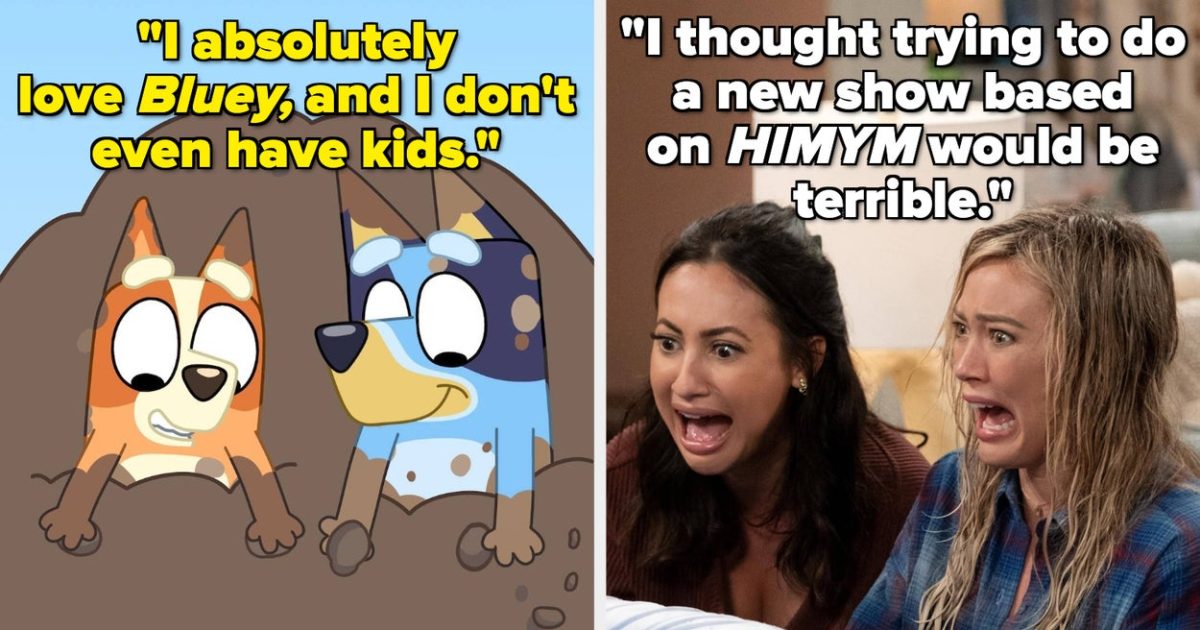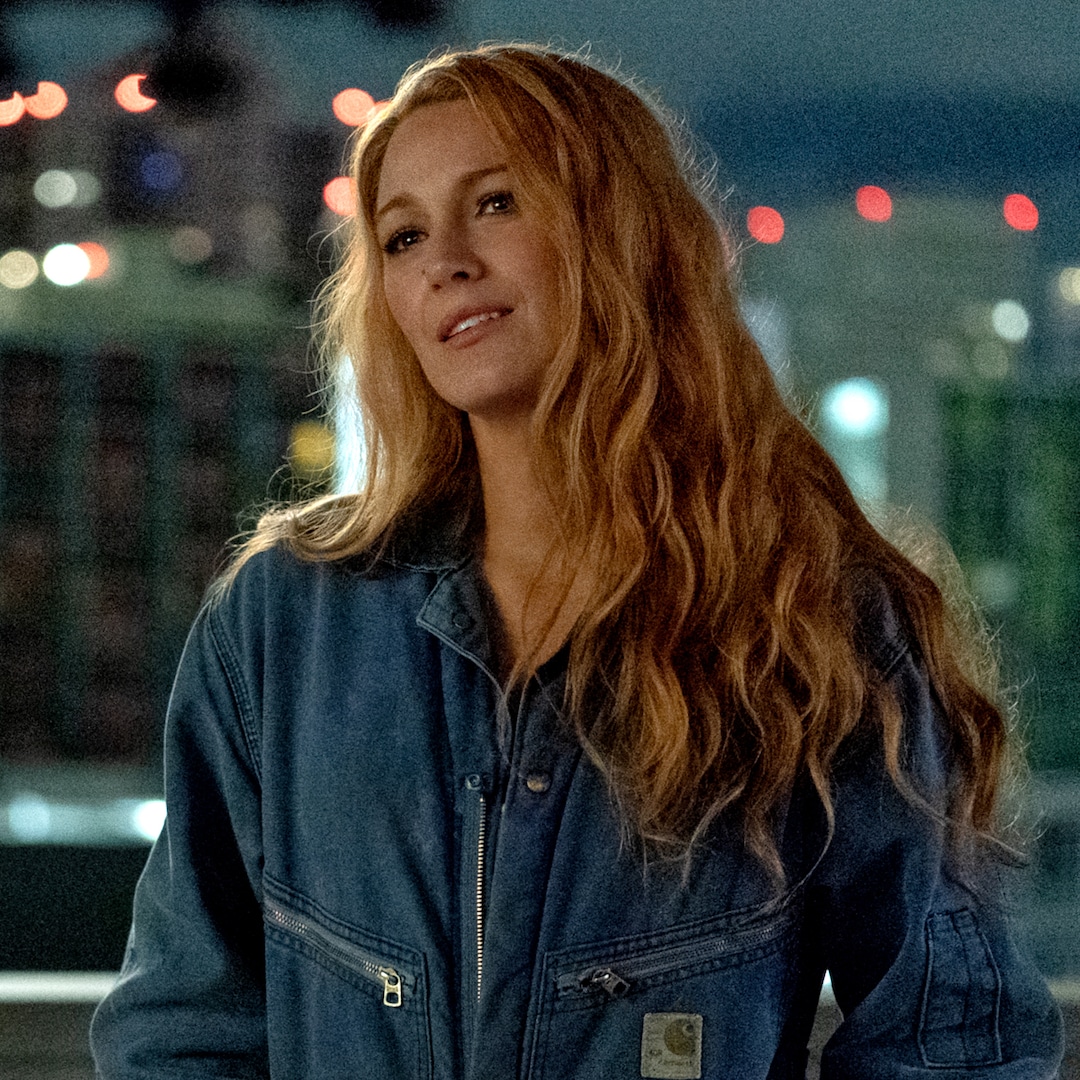
“A Film Can Be a Spark, and What Comes After It Is Where the Magic Is”: Elizabeth Nichols on Her True/False-Debuting Flying Lessons
Mar 1, 2024
Flying Lessons
Debuting at True/False (followed by First Look), Elizabeth Nichols’s Flying Lessons is a beautiful ode to a New York City Lower East Side artist ass well as to the larger the “dying breed” that once roamed the streets of Alphabet City, performing in its now extinct clubs). Importantly, it’s also a call to end rampant gentrification and a love story between director and character all rolled into one. The drama began, rather unhappily, with an eviction notice after NYC real estate owner/convicted fraudster Steve Croman bought the building Nichols was living in as a rent-stabilized tenant. Within months the “Bernie Madoff of landlords” had unleashed a harassment campaign (right down to the use of mafia-esque “tenant-relocation specialists”) that in turn led the filmmaker to join the Stop Croman Coalition, bringing her camera along to meetings to document the fight.
It was at one of those SCC meetups that Nichols encountered her upstairs neighbor, a fiery-haired, septuagenarian bohemian named Philly Abe. The filmmaker then fell down a rabbit hole that lasted close to a decade, beginning with the discovery that Abe was a minor-cultural icon — an artist and performer and star of various underground movies (from other seminal underground figures like Todd Verow and the Kuchars). Their relationship eventually blossomed into a friendship that grew so deep that Nichols is now the caretaker of a historical treasure chest, much of it now resting at Howl Arts. The vast multimedia archive likewise features prominently in Flying Lessons, itself a cinematic fulfillment of the three-part promise Nichols made to Abe: to show her art, tell her story, and of course, fight for her apartment.
A few days prior to the doc’s March 1st True/False premiere Filmmaker caught up with Nichols, a “25 New Faces of Independent Film” alum and an international educator, whose work in Tanzania has changed her own creative process and ways of thinking.
Filmmaker: We first meet Philly quite dramatically, as she wanders in late to a community meeting, the camera glued to her every move like it was “love at first sight” for you. But was this actually the first time you encountered her? And did you immediately think you wanted to make a film about Philly, as opposed to just including her as one character in a larger doc about corporate gentrification?
Nichols: There were two main motivations for me to pick up my camera and take it to the Stop Croman Coalition meetings. For one, I had recently experienced landlord harassment for the first time, and it was a profoundly startling experience. It made me curious about the psychological impact on the rent-stabilized tenants who had been living in their apartments for decades and now had a target on their backs.
Secondly, I was grappling with my own relationship to the gentrification that was unfolding rapidly around me and I wanted to get to know my neighbors (and, socially, I had always felt more comfortable with a camera between me and the world, so this was my way of doing just that). The community convention, where we see Philly walk into the auditorium at the beginning of Flying Lessons, was one among a few Stop Croman Coalition events I had attended and filmed within that same week. Generally speaking, those events were the first time I “met” Philly, though she lived in the same building as me so I had seen her around before. My attraction to her was mysterious. It’s hard for me to say, even now, what it was about her that made it hard to look away. At that time I knew nothing about her. I didn’t even know that she was an artist. I filmed with a couple of other tenants in the group initially as well. But it took me a long time to finally approach Philly about a potential collaboration.
While my fascination (bordering on obsession) with her was growing from a distance, so was my fear of being rejected by her. I sensed a sort of indifference (or contempt?) from her. Did she think of me as just another privileged, transient newcomer to the neighborhood? Did she want nothing to do with me? I kept filming meeting after meeting, observing her from a distance while working up the courage to talk to her. It turns out she thought I was “out of my mind” for filming so many meetings and felt it must be “the most boring fucking film in the world.” When I finally expressed to her I was interested in making a film about her, she was ready. That’s when I “jumped down the rabbit hole.”
Filmmaker: How did you get access to all the legendary underground films? In addition to your executive producer Todd Verow’s movies, you feature the work of Mary Bellis, Gabriel Baur and George Kuchar. Was this all part of Philly’s archive? And how did you even decide which clips to use?
Nichols: Philly said to me early on: “I will let you in when I let you in.” I interpreted this in more ways than one. It was clear that access to Philly’s archive would be contingent upon a relationship of trust that would take time to build. The more time we spent together, the more she shared with me. Once Philly got diagnosed with cancer, she asked me to accompany her to some doctor’s appointments. I supported her in a variety of ways during this time. It was helpful that I lived below her, because she could call me up when she needed something and I was right there.
This evolved into me becoming her caregiver during her illness, and eventually responsible for her archive and belongings after she passed away. While I was sorting through her apartment, I found photographs, videotapes, film reels, drawings, writing and so much more. Philly had introduced me to some of her work while we were filming together, but I really didn’t know the extent of it until after she passed away and I discovered it right there in her apartment. (Covered in dust!)
In some cases, I met her friends and collaborators at her memorial art show; many people were very generous about sharing material with me. In other cases, like in the case of Nelson Sullivan’s footage, I knew that there was material out there that she was in, so we tracked it down. My co-writers/co-producers Chris Boeckmann and Luiza Parvu (also the editor) and I spent time looking through most of her archive and watching her films. What we saw emerging were thematic connections across time and media – themes that were present in the footage that I had shot with Philly. It felt like a process of archaeology, where a fragment of something she made in 1984 felt connected to something she created in 1994, and helped us understand a bit more about what she was going through on an emotional level in the footage I shot with her in 2017. Sadly, there were a number of clips that we would have loved to use, but for the purposes of storytelling and refining the shape of the film, we had to leave some gems out of Flying Lessons. That said, now that the film is complete, we intend to make more of her archive accessible through social media, art exhibitions that accompany screenings and more. Currently, Philly’s archive is part of the permanent collection at Howl! Happening, a gallery and archive that celebrates the cultural history of downtown NYC.
Filmmaker: I’m also quite curious to hear how living and teaching filmmaking in Tanzania has influenced your own filmmaking. How did you end up working at the Orkeeswa School?
Nichols: In my early 20s, I had worked for a few different education non-profits that focused on increasing access to education for girls around the world. Simultaneously, I was also just beginning to experiment with making films on my own for the first time. Through my work I had met some people that were connected to Orkeeswa, who were looking for someone to make a documentary about some of their students and invited me to Tanzania.
I shot most of that film. But, in the process, I discovered it was not the way I wanted to make films. I kept trying to collaborate with the two girls who were the main protagonists. I wanted them to have more agency in the story we were telling, but the dynamics weren’t right – I was a total outsider and they weren’t that interested in collaborating, nor did they really have context for what that would even look like. That film never got made, but it led me to start Orkeeswa Story Lab, a program where Orkeeswa students could learn to make their own films. I was inspired by these students who had profoundly personal stories to tell and the courage to tell them – I needed both of those things in my own creative life and found myself learning from them. I think teaching in general influences my own filmmaking tremendously. It’s such a gift to be a part of other people’s creative process.
Early on in Orkeeswa Story Lab, the projects were highly collaborative, and I was often heavily involved creatively in the projects. Eventually, when we invested more time and resources into teaching the technical skills of filmmaking, I could take a big step back and be more of a support for students to make their films independently. Working with these students allowed me to question and experiment with the typical structure of how I learned to make films in film school. Rather than approach the creative process with a hierarchical and compartmentalized structure, I was learning other ways to co-create films.
I started to experience directing as more of an art of facilitation, and I developed a deep interest in community-based storytelling. These students were making films about their community, with their community, for their community. When we made Black Head Cow (2016), for example, the film was invited to play at a number of prestigious international festivals. It was a great experience, but it couldn’t compare to the experience of sharing the film in the home of a community leader in the presence of 12 village elders. This was a short film about a young girl confronted with an arranged, early marriage, a reality many girls face in this community. The film itself was 12 minutes, and the conversation that followed was over two hours long, beautifully facilitated by the students who crafted the film.
This experience helped me discover my own purpose as a filmmaker. I learned that a film can be a spark, and what comes after it is where the magic is. It can be a powerful tool to bring people together and allow people the space to process the complexity of our experiences. I became interested in making films that aren’t afraid to dive into paradox and complexity, to contemplate the tensions that arise from being humans who are constantly challenged to navigate imperfect systems and traditions.
Filmmaker: The human toll of rampant gentrification obviously looms over everything in the film, as it does in Philly’s life, though gentrification is likewise the story of NYC (as it is for every big city). Indeed, you’re a LES gentrifier yourself – as was Philly before you. How did you wrestle with this uncomfortable contradiction as you were making the film (and fighting Croman)? Did you and Philly discuss this?
Nichols: The complex role that artists play in the process of gentrification has long been an interest of mine. I have been curious about the story of artists who move to a neighborhood where they can find spaces to live and work affordably. Their very presence in those spaces often precipitates an influx of speculative real estate interests, bringing about subsequent waves of gentrification that ultimately price those artists out of the neighborhood.
This story is close to home, as my father was a printmaker living and working out of a commercial space in SoHo following the Artist In Residence Law enacted in the ’70s (and we’ve seen what happened to that neighborhood). When I moved to NYC, I landed in the Lower East Side because of relatively affordable rents and found myself sharing a rent-stabilized three-bedroom apartment with four other artists. It was a strange experience to be part of the transformation of the neighborhood in this way. I spent hours sitting on my fire escape each night watching my neighbors below and wondering what, if anything other than geography, made us part of the same community. I witnessed the tension — and what seemed like a lack of meaningful connection — between the young twenty-somethings moving into the market rate units in our building and the tenants who had been living there for decades. My decision to attend the Stop Croman Coalition meetings was partly to learn how I could defend myself against landlord harassment, but was also about getting to know my neighbors who had been here for decades and were experiencing the violence of corporate gentrification.
I found that many of the members of the SCC were artists. At one of their early protests, they highlighted the story of Paradise Alley, an artist’s colony in the East Village during the Great Depression. When real estate tides started to turn, the artists were evicted at gunpoint by their landlord with the help of police in 1938. It was clear that many of the SCC members saw artists as the victims (and not necessarily complicitors) of gentrification. I think Philly had a similar mindset. She expressed that she had moved to the city “when no one wanted the city,” and expressed the stereotypical description of the neighborhood as a derelict, abandoned place with plenty of vacancies where artists could have the freedom to do their thing – and they did.
In my filmmaking, I am interested in exploring nuance and holding multiple truths at the same time – yes, Philly and others like her took advantage of underdevelopment and neglect of a neighborhood to find a cheap place to live; yes, decades later they were being forcibly pushed out to make room for market rate tenants. Despite the conditions of her own personal origins in the neighborhood, Philly resisted gentrification at every turn. She started a noise and art collective designed to “scare away the newcomers from the neighborhood.” In an earlier cut of the film when we were experimenting with voiceover, these ideas, contradictions and ethical questions were more explicitly present. In the final version of the film, we wanted to make a nod to these contradictions so it could start a conversation about this dynamic. For example, there is a scene when Stop Croman Coalition members are protesting in Tompkins Square Park. They are angry and frustrated by the seeming disinterest of a group of young people having a party next to their protest. They yell at these kids – “So young, so unconscious!” And we immediately cut to Philly in 1984 partying in Tompkins Square Park with her friends. So, yes, Philly also partied in the park. I wonder how the people who had been living there for decades felt about that.
Filmmaker: How much of the final film did Philly live to see? Did you collaborate with her (and/or Todd) on cuts throughout? What feedback did she provide?
Nichols: Sadly, Philly did not see much of the film. She was diagnosed with pancreatic cancer in October of 2017 and passed away in January of 2018. Though Philly was sensing a change in herself we couldn’t predict that was going to happen, or that it would happen so quickly.
I had never intended to finish the film without her, but that was the reality we were facing. At one point after her diagnosis when it became clear she would not be around for much longer, I tried to share some unedited footage with her, but at that moment in time it was too much for her to handle. When we were editing and close to a final cut, I had a dream that I was sitting in a theater during the premiere. I was feeling all the typical nerves of sharing the film with an audience for the first time. Right before the room got dark, Philly walked in, much like the way she walked into the auditorium the first time we met. My stomach dropped. She looked around and spotted me. She sat next to me, preparing to watch. I turned to her with the warning, “Philly, this film is going to show you what is going to happen to you. If you need to get up and leave it’s okay.” And she turned to me and said, “This better be fucking good.”
Publisher: Source link
15 Nightmare Audition Experiences Actors Shared
She said that, at a film festival several years down the road, a drunk producer told her, "Oh, Thandie, I've seen you recently!" She said, "And he lurched away, looking really shocked that he'd said that."Her husband, Ol Parker, spoke to…
May 2, 2024
Richard Simmons Defends Melissa McCarthy After Ozempic Comments
Ozempic is no laughing matter for the comedian. Handler revealed her "anti-aging doctor" prescribed her the medication without realizing what the drug was. "I didn't even know I was on it," she said during the Jan. 25, 2023 episode of Call…
May 2, 2024
Schitt’s Creek, Love Is Blind, & Other TV Shows People Didn’t Expect To Love
Schitt's Creek, Love Is Blind, & Other TV Shows People Didn't Expect To Love We asked the BuzzFeed Community to tell us the TV shows they didn't think they'd like for even one second. But, by the grace of the…
May 1, 2024
It Ends With Us First Look Teases Lily & Atlas’ Reunion
The countdown to It Ends With Us starts now. After some adjustments on the calendar, the highly anticipated film adaptation of Colleen Hoover's novel is officially coming to movie theaters on August 9, Sony Pictures confirmed, promising it to be the "movie…
May 1, 2024
